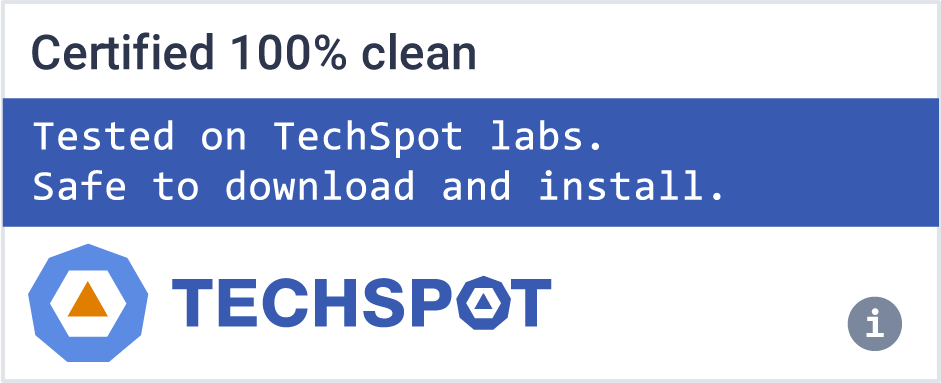Warzone 2100 is a real-time strategy game, originally developed by Pumpkin Studios and published by Eidos Interactive, now developed by the Warzone 2100 Project. Compared to other real-time strategy games, it has a greater focus on artillery, radar, and counter-battery technologies, more frequent in-game cinematic updates as game play progresses, a massive research tree, as well as a vehicle design system.
Story
In the late 21st century, NASDA (the North American Strategic Defense Agency) developed and deployed a massive missile defense system, including a network of nuclear-equipped satellites and ground-based launch sites. However, during a routine maintenance check, something went terribly wrong...
Multiplayer
Outside of the story, Warzone 2100 only has a single faction. This limits some of the variety that can be expected from real-time strategy games, although the single faction is very complex. Essentially, Warzone 2100 plays much like Earth 2150 with 3D units and terrain, customizable vehicles, a lack of traditional infantry, use of "research" to acquire new technologies, and the differentiation of vehicles types.
Compared to other RTS's, Warzone 2100 has:
- A unit design system that lets players choose bodies, propulsions, and weapons.
- A greater emphasis on sensors and radar: Basic sensors detect units and can co-ordinate ground attacks. Counter-battery (CB) sensors detect enemy artillery batteries and coordinate artillery strikes against enemy artillery. VTOL sensors and VTOL CB sensors coordinate VTOL attacks. Radar detectors detect enemy sensors.
- A greater emphasis on artillery: With the assistance of sensors, late game artillery can fire from huge distances.
- A massive technology tree, with small incremental advancements over existing technologies being required for later technologies.
What's New
General
-
Fix: Crashes caused by certain old config file settings (too many commits, #2960)

